by supertwigs | Jun 9, 2011 | Books, Environment, Goals, Nature, Parenting, Photography |
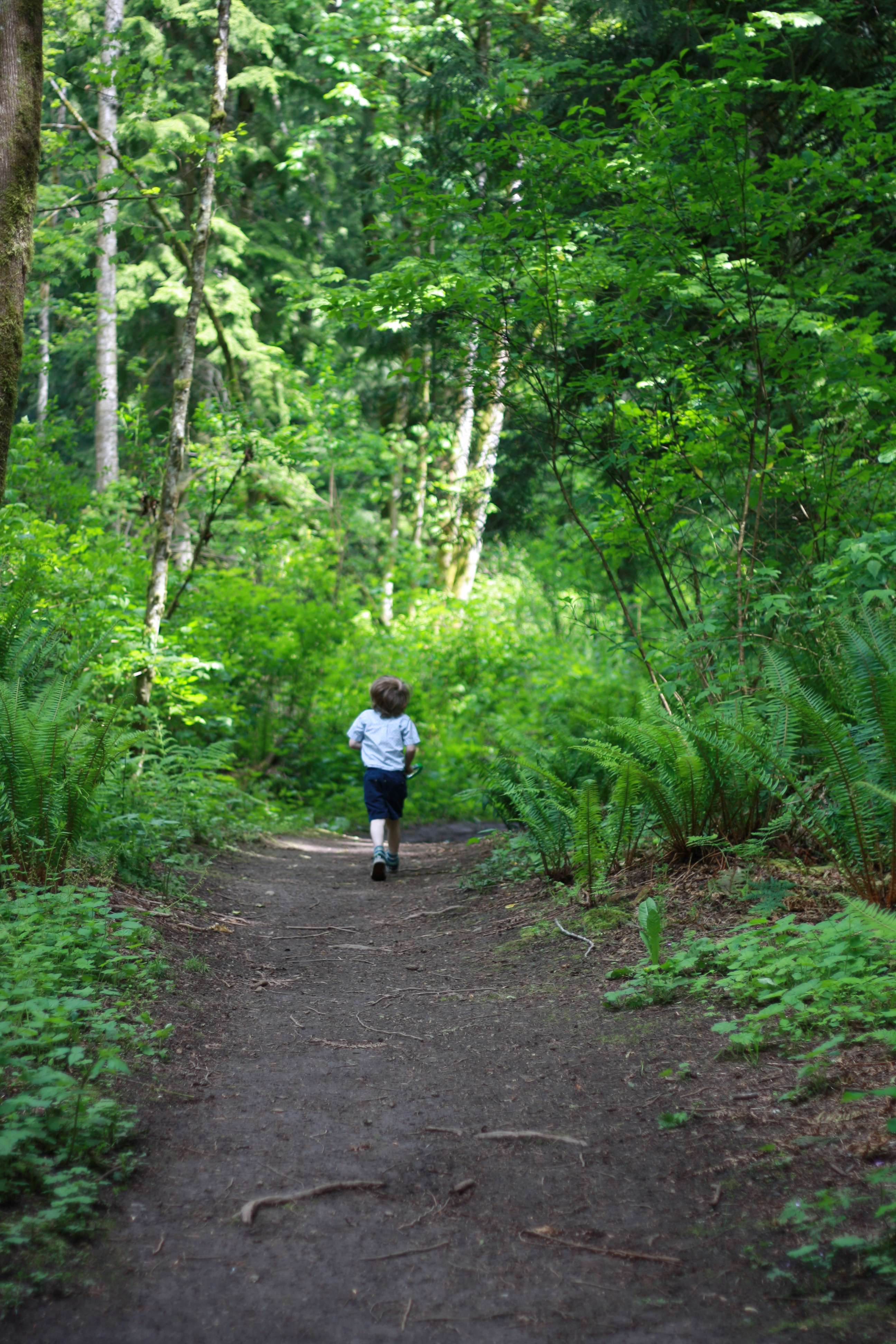
I just finished reading Richard Louv‘s The Nature Principle. I was privileged to hear him speak a few weeks ago, here in Vancouver. As I told him then, his book, Last Child in the Woods, completely changed the way I want to parent. After reading The Nature Principle, I can say, it has completely changed the way I want to live my life.
In fact, it has informed many of the sneaking suspicions that I have had for awhile now.
Suspicions like the feeling that I need to reconnect with nature. I want that for my children, and myself. Suspicions about my career path, and how I can add environmentalism / conservation / good old-fashioned love of nature to my life. The suspicion that my time spent on a small island off the coast of Vancouver was one of the most enlightening times of my life. And not just for the friendships I made. For the time spent in nature. The ocean breeze blowing off rocky cliffs; the sound of whales passing, their flukes slapping the waves; the trees, and the tall grasses. The sound of birdsong, the sightings of deer and other forest creatures. I can feel these things in my heart.
Our kids are named for the sea and the forest.
I have known about this nature connection for a long time. But I have not known exactly what to do about it. To be honest, I still don’t know. I do know, however, that my mind is whirling. Something I always consider a good thing.
For my family, I am going to join a family nature club (or start one – anyone interested?). For myself, I am going to start loving my present landscape. Exploring it with a keener eye, and photographing it with my camera. Those are two small steps. But, I have a great feeling there will be more. And I can hardly wait to find out where this will lead me.
So, shameless plug for a book that has the power to change lives and the world. It’s dense, and choc-full of information. Read it and be inspired.
by supertwigs | May 25, 2011 | Books, Environment, Health, Nature, Parenting |
Working my way through The Nature Principle I have been struck by thoughts on place. In other posts (here and here), I have blogged about my dissatisfaction with the suburban life I lead. Sometimes I cringe at my surroundings (mainly when I enter “downtown” and the sea of box stores swells up before me). Other times I lament the things that are missing here (adequate public transit, walkable green spaces).
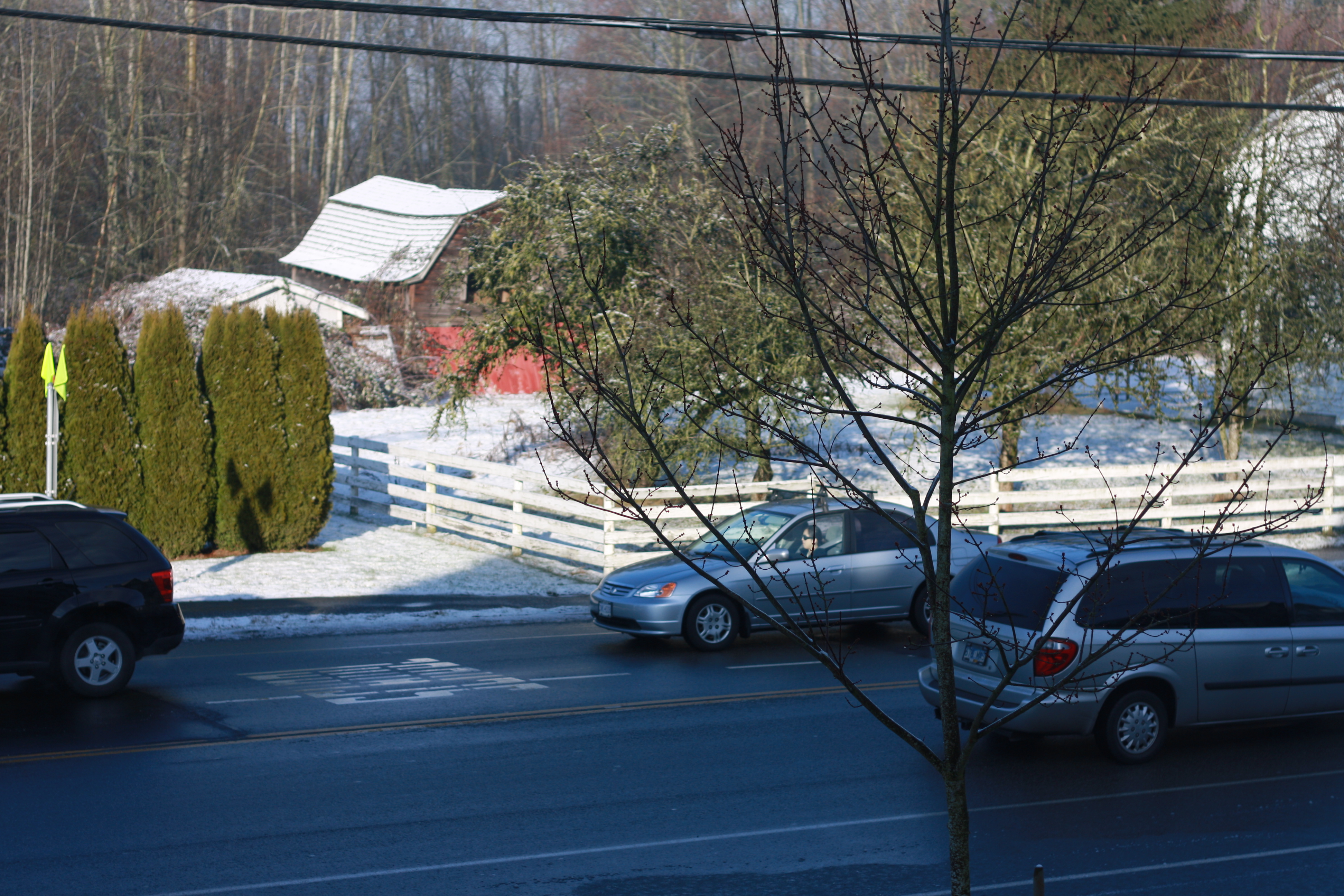
A few days ago, I ran into a family I know who is moving to this town. I caught myself telling them a few of those negatives (I can’t see the ocean, there are not enough trees in our playgrounds…). But, I also realized that I have started to come to terms with my place. Have even started to think of this place as mine. To take some ownership. We have lived here for almost 4 years, and I am just starting to accept it.
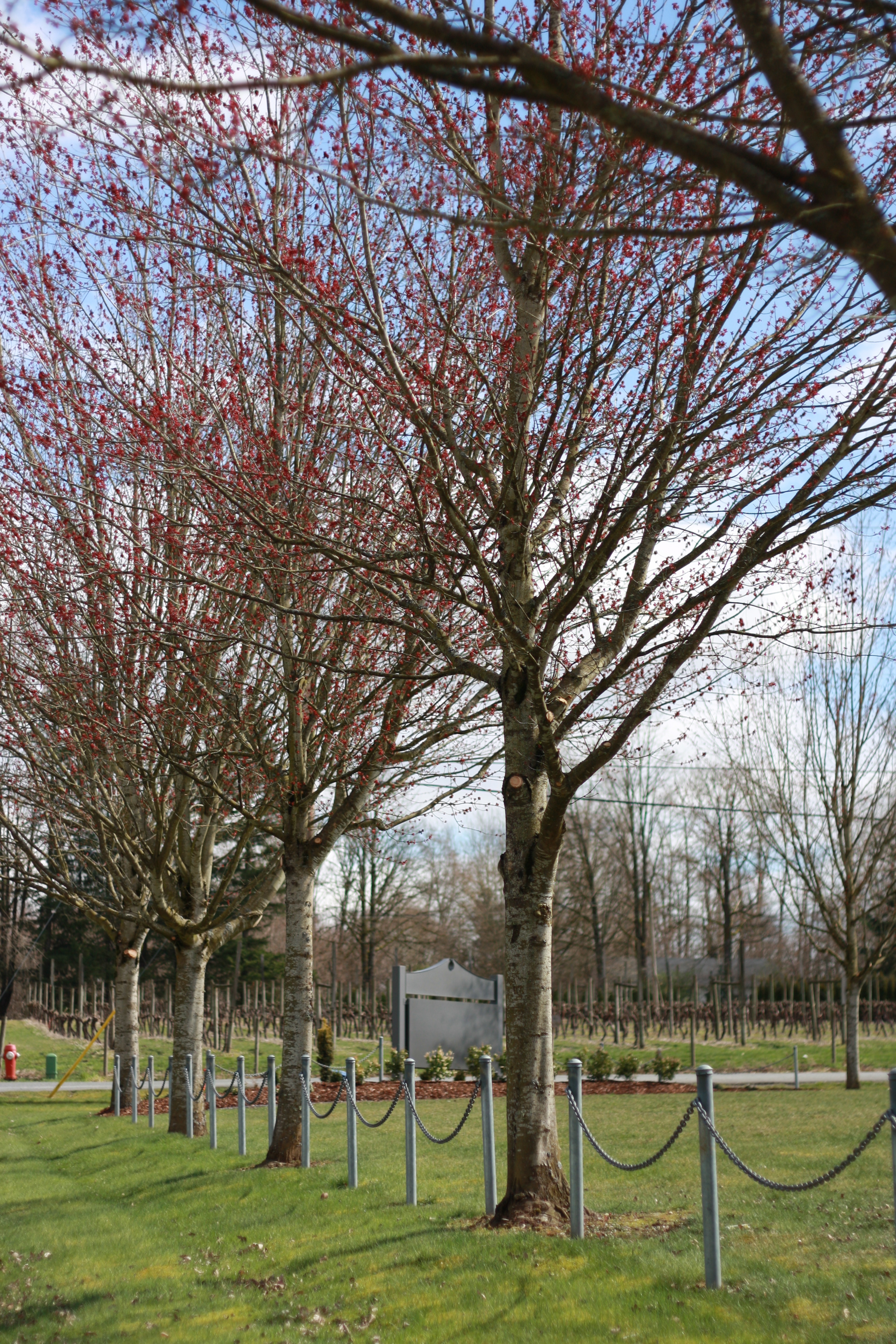
What is my reluctance to this place? I live in Langley, British Columbia. A beautiful suburb of Vancouver, in a unique transition between rural and urban. It is still a place where you can find large areas of farmland, and stands of forest and riverfront. It is also a place that has embraced the box store, and the suburban staples of freshly mown lawns and uniform homes. The town’s slogan should probably be, “a great place to raise kids.” It is complete with community centres, activities galore, and lots and lots of families. Until recently, I thought of it as a place Vancouverites went to die. A compromise. A holding place. Not a home.
Reading The Nature Principle has given me a bit of perspective. The author suggests that people don’t necessarily need to retreat to untouched nature to commune with nature. To find happiness in place. That happiness in place is, perhaps, a combination of acceptance and embracing. Acceptance allows a person to truly see what is before them. The Nature Principle, refers to our natural surroundings, things like native plants and features of the land. I would like to expand this to include community and culture. To see a place is to notice the best things about it.
I have started to do this in Langley. For example, I have started to gain an appreciation for Langley’s farm culture. The beauty of the expansive piece of farmland near our home, with the little bird houses on stakes surrounding it. The fact that the food at our farmer’s market comes from our local farms. Farms I can visit, farms I drive by every day. I have also started to enjoy the niche cultures in Langley. The vibrant horse community. The local arts community. My husband has noticed the friendliness of the families here. How strangers will stop and chat with you. Something we didn’t experience nearly as much in the city.
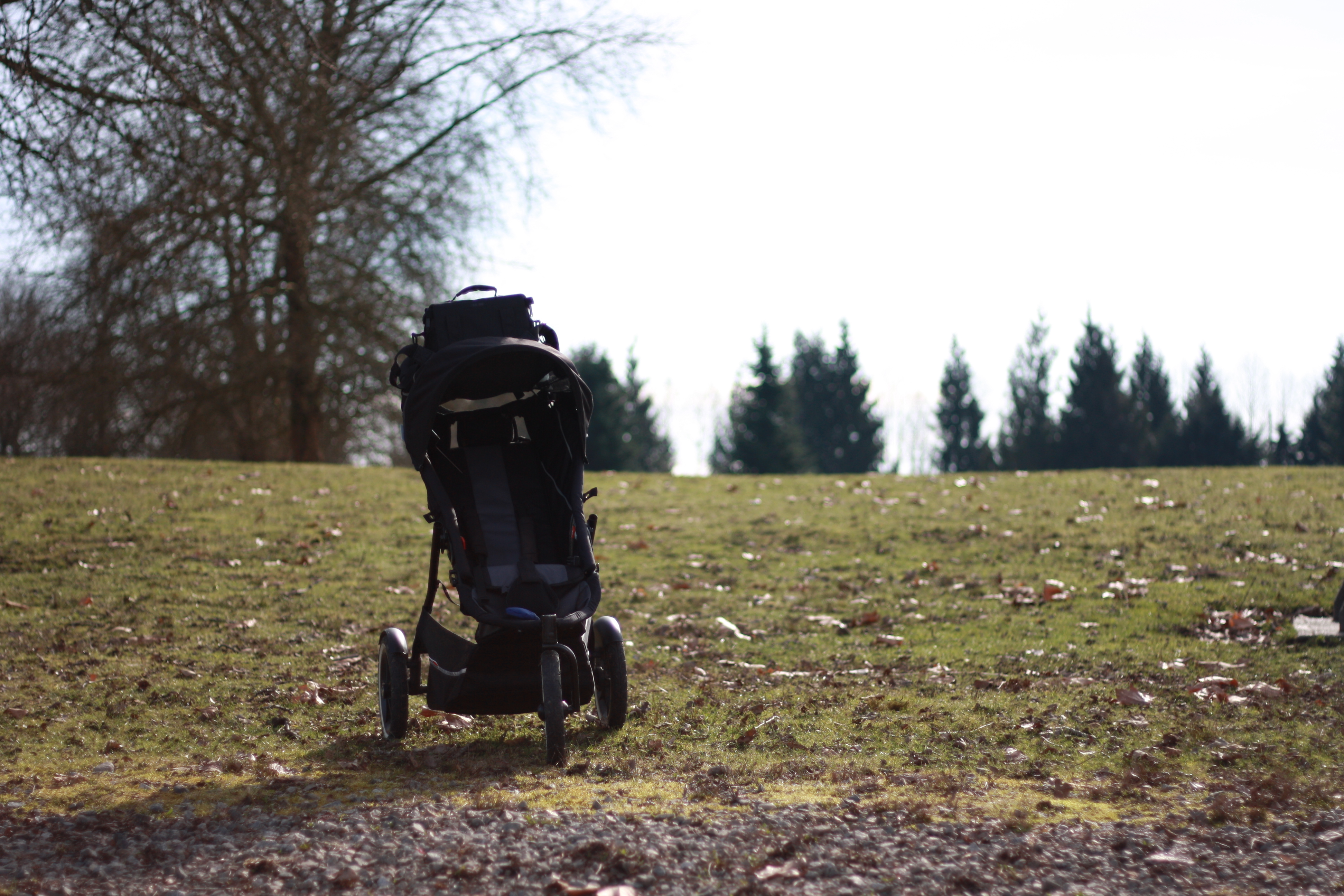
Embrace? I don’t think I have embraced yet. Embracing, I think, involves planting. Growing roots. And becoming involved in change. Devoting oneself to a place, and rather than lamenting its shortcomings, attempting to change them. To love a place as you would a person. Accepting its faults, but loving it just the same. I do not, yet, feel rooted in this place. But, perhaps I am starting to put down tentative feelers.
For one, I am starting to love my social community. The people I know, and the web of community that surrounds me and my children. The fact that we run into people we know wherever we go. The fact that my child can go out into the park in our townhouse complex, and play with all of the neighbourhood kids. The fact that the moms bond out there, too.
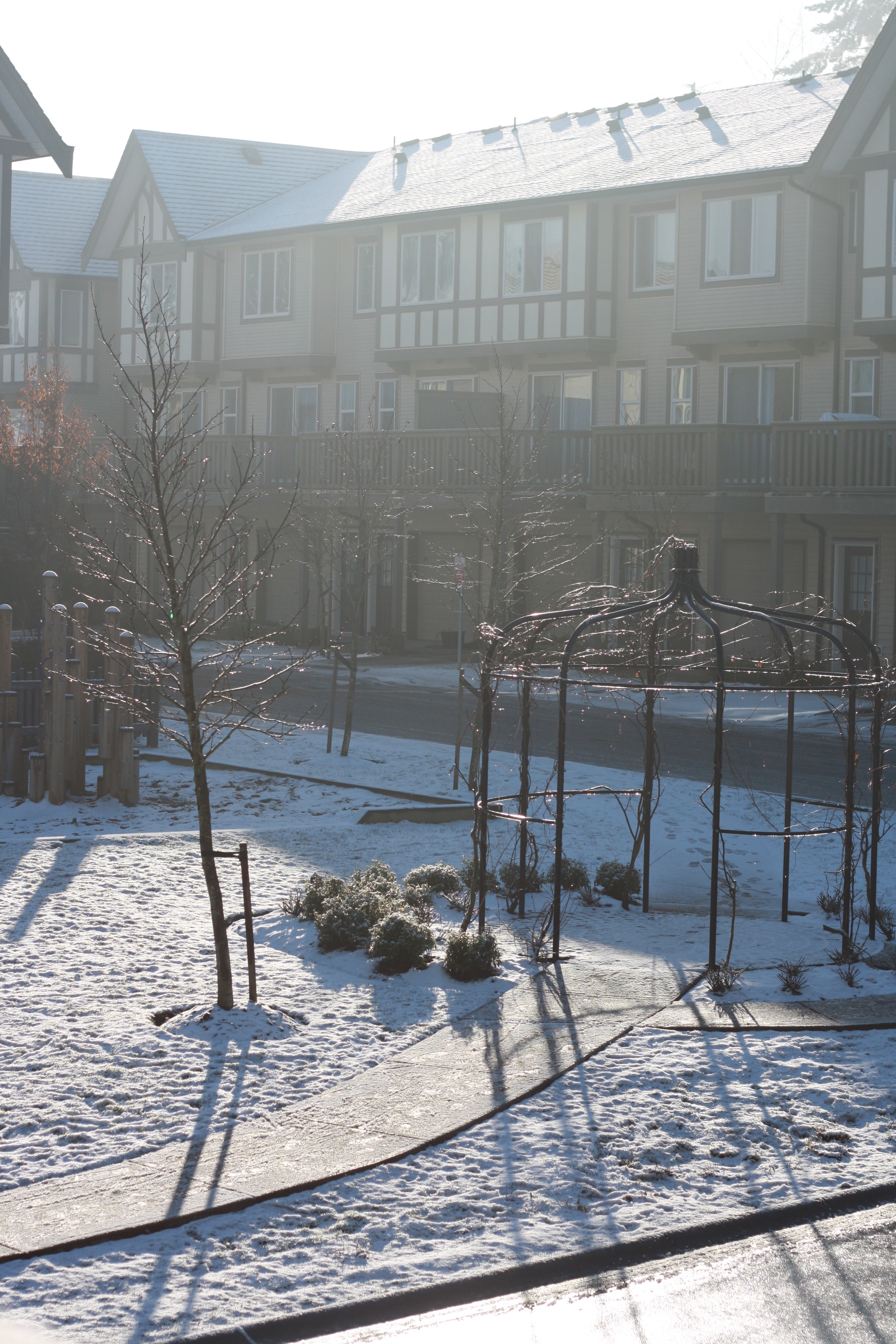
What if I do as The Nature Principle suggests, and start to really notice the natural surroundings, too? What if I start to bond with them in the same way? Would I find myself growing roots, by studying the plants in this area? By familiarizing myself with the ecosystem that surrounds me? Would I stop lamenting the lack of planning that goes into new parks, and start actively trying to change that?
The Nature Principle talks about finding your “it.” The place that fills your heart and soul. That just feels right. I don’t know if Langley is my “it.” Right now, I’d have to say, no. But, maybe, just maybe, this is a matter of simply deciding to say, yes?
These are all questions I ask myself, as I wonder, when will I, if ever, begin to truly call this place home?
And you? How do you bond with place? And how long do you think it takes to fall in love with a new community?
by supertwigs | May 15, 2011 | Books, Environment, Health, Nature, Parenting |
Yesterday I went to hear Richard Louv, author of Last Child in the Woods, speak in Vancouver. I picked up a few gems of information, and also picked up his new book, The Nature Principle. I’m sure his talk would have been even more inspiring had the event website given me the correct time (I did arrive in time to hear the last half).
Last Child in the Woods is a fantastic book about the way our children are missing out on critical experiences of nature. It changed and enlightened the way I want to parent my children. I am hoping the Nature Principle will further affect the way I want to live my life. So far, there is something fascinating on every page.
Like the study that found a 20 percent increase in a person’s attention span and memory after spending just one hour outside? Or the newfound condition called, “continuous partial attention.” Essentially, the effect of trying to do too many things at once – or focus on too many tasks, computer screens, thoughts etc. At least, that’s my interpretation. And I should know, because I’m pretty sure I’m in that state. All the time.
Like, right now. Typing my blog, thinking about what I read yesterday, listening for the alarm on the stove to go off (signalling that my chocolate brownies are ready to eat!), shoulders tight as I carry the tension of spending two hours trying to put my teething child to sleep… etc. My mind often feels like it is going in circles. Round and round and round. Full of ideas, but arrested by lack of time. There I am, listening to my child talking, and at the same time my mind is off, trying to figure out the latest WordPress formatting conundrum. If that isn’t continuous partial attention, I don’t know what is. (Luckily for both of us, my son rarely lets me get away with this. If I drop the ball, and neglect to respond appropriately, he’ll be sure to call me on it).
Louv suggests that the more time we spend with technology, the more time we need to spend in the natural world. To detox and reset. Put ours mind at rest. I, for one, am desperately in need of this.
Finally, he proposes that we need to develop a “hybrid mind” to thrive in today’s world. That is, a mind that is both good at technology (because who can really exist without computers these days? Rhetorical question, but I’m sure some of you can find an answer for that), and, immersed in the natural (substitute: real) world around us. That along with this techo-blitz we must strive to connect with nature in a way humans haven’t prioritized in a long time.
So, nature is the antidote to technology. And, if our minds can surf both waves, we will be uniquely positioned to thrive in this world.
I like these thoughts. They make sense to me. Because, although more than half of me wants to find a woodland hideaway and make it my glorious home, I have a feeling that I’d have to take my computer with me… Is that horrible?
by supertwigs | May 3, 2011 | Environment, Health, Nature, Photography |
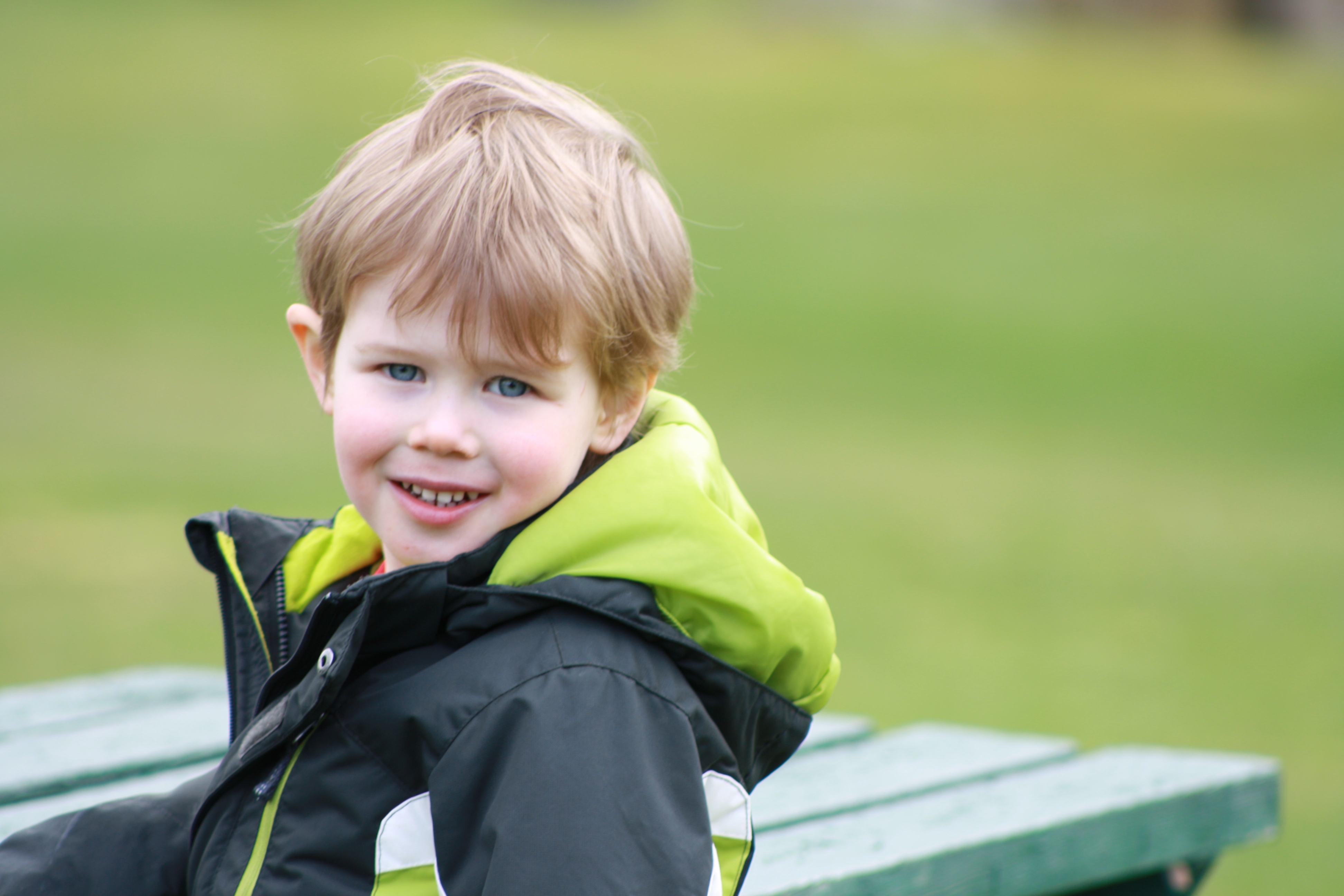 It’s time write my post for Nature Connections this month. So, here are a couple of my favourite shots of us playing outside.
It’s time write my post for Nature Connections this month. So, here are a couple of my favourite shots of us playing outside.
There is something so inviting about a picnic, and my son shares this sentiment. For a child who is a picky eater, and certainly doesn’t have a love affair with food, the lure of the picnic still holds strong. Just mention the idea and his eyes light up. True, he may not spend much time actually eating during said picnic, but, for him, it is always an adventure.
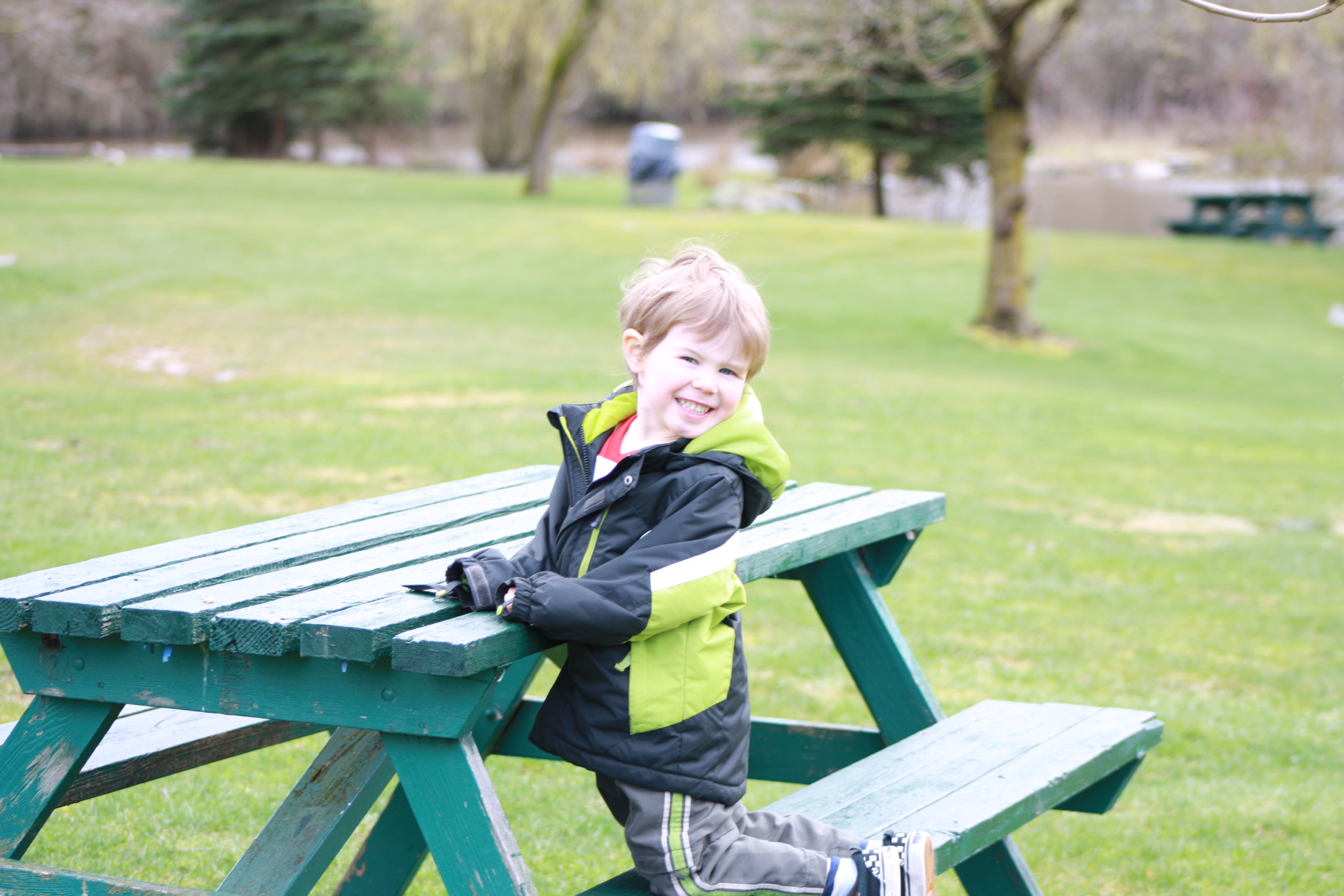
So, here he is. Check out the pride in his picnic-bench-picking abilities. This time we tried about 5 before we settled on the right one… We sat next to the lake, listened to the birds chirping. He explored, I fed myself and the baby. He even ate some himself. We both felt refreshed, and peaceful.
I truly believe time spent outside brings an aspect of calm to his normally “super-charged” personality. How do I know? The research, the evidence, and the fact that it does the same to me.
by supertwigs | Apr 22, 2011 | Environment, Goals, Nature |
Today was Earth Day, and I spent the day outside!
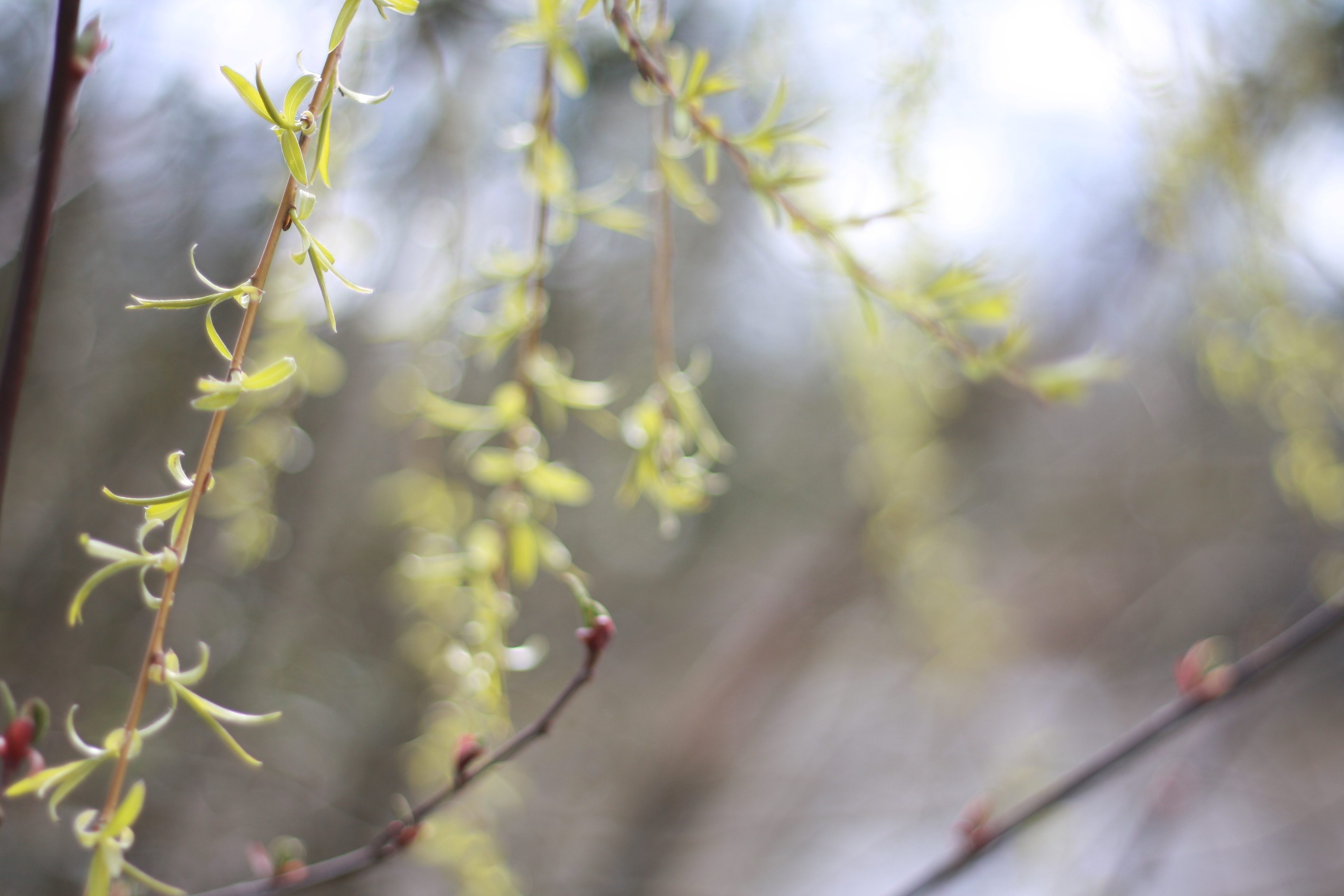
I woke up with my family, and read “earthy” stories to my son. We read a book called Protect Nature, and a Spot book about going to the park. We talked about recycling, saving water and protecting animals. It was great. My son is three. I am so happy to be able to share in his ever-present love of nature. I’m sure he teaches me so much more than I teach him.
This year, for Earth Day, I thought a lot about the earth. How I care about the earth, and what that looks like in my life. I have been thinking a lot lately about consciously trying to green my life. More than I already have. Be more deliberate. Make it a priority. Sure, I buy organic. I shop local when I can. I recycle with gusto. And I am careful about what products I buy, and their impact on the earth. But, there are so many things I don’t do. So much more I could do. And not just huge things, but little things, too.
For Earth Day, I pledge to be more Earthy. Be more conscience of my ecological footprint. Be more proactive, and make better choices.
I was at the mall this week. On this particular day, I was especially struck by our consumer culture. I am always mildly struck. But, this time, it really hit home. I looked around, and truly didn’t want anything. Sure, there were a few things that would have been nice, but I didn’t feel that tug of want I sometimes get. And, I realized, I am starting to embrace thrift.
What does that mean? Embracing thrift. Well, on the one hand, maybe it means I’m poor (I wouldn’t really argue with that). But, I like to think it means that I am simplifying. Paring down, and learning to love experience, rather than excess. Learning to cherish those outside days. Playing in the park with my children. Watching my son dig in the sand. My daughter feel the sand for the first time. Feeling the breeze against our faces, and taking in the beauty of the trees and their leaves blowing in the wind.
These experiences will serve us well. We are cherishing, rather than consuming. Stopping to smell the roses growing, rather than buying them from a flower stand. Embracing thrift is about making smart consumer choices. Buying used. Or not buying at all. But, it is also about making smart choices with our time.
For Earth Day, I vow to buy less, and play more.

Image via Wikipedia
I’ve also decided to chart my journey with the earth this year, in an effort to take more conscious action. Starting with April 22nd. Stay tuned.










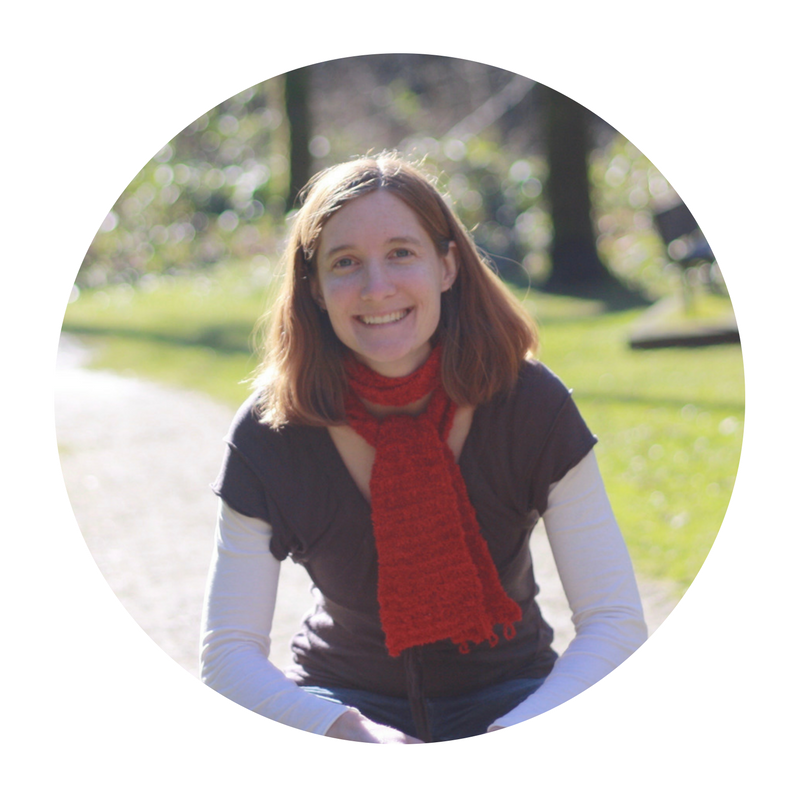 Hi! I’m Kelly Woods, writer, mother & librarian. I write about beauty, creativity, green living and lifestyle design to help others live a life of inspiration, too.
Hi! I’m Kelly Woods, writer, mother & librarian. I write about beauty, creativity, green living and lifestyle design to help others live a life of inspiration, too.